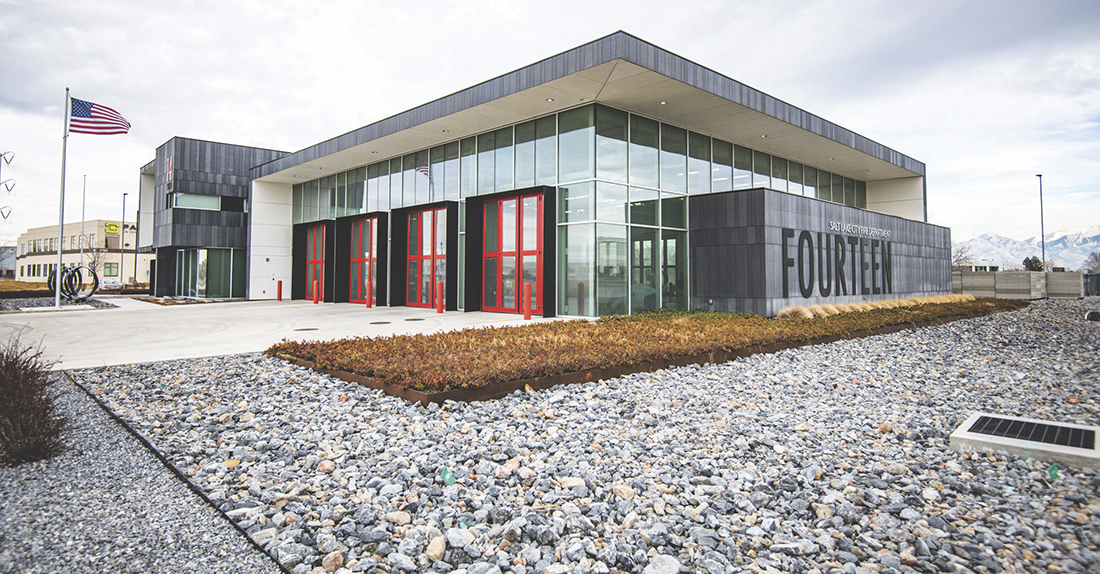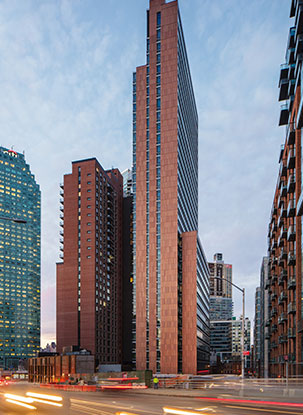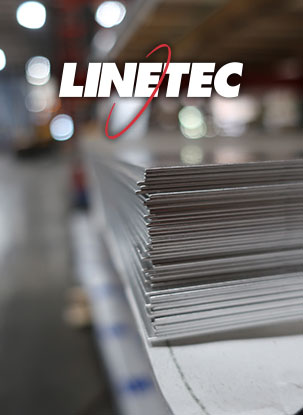 Bending and forming of high-performance PVDF coated aluminum – often referred to as post forming- is a common practice by many in the industry. However, the three largest architectural paint manufacturers, Akzo Nobel, PPG and Valspar do not recommend this practice. They caution that great care should be taken if the aluminum is formed after painting.
Bending and forming of high-performance PVDF coated aluminum – often referred to as post forming- is a common practice by many in the industry. However, the three largest architectural paint manufacturers, Akzo Nobel, PPG and Valspar do not recommend this practice. They caution that great care should be taken if the aluminum is formed after painting.
All three paint manufacturer warranties state that the warranty is void if any fabricating operation damages the coating, or damages the substrate to an extent that the coating film is compromised, delaminated or degradated.
Akzo Nobel, PPG and Valspar offer several warnings against post forming finished aluminum:
- Post forming the coated aluminum substrate will open small micro cracks in the
paint and pretreatment, which will leave the bare substrate at risk for failure. While PVDF coatings are flexible, they are not super flexible; as a result, when forming the substrate, stress is put on the coating either at the surface (adhesion failure) or within the coating (cracking) and corrosion can set in. - Warming the aluminum prior to bending, with a purpose to increase flexibility of the

Fracturing of mil aluminum aluminum and its coating, can cause the surface to soften and make it much more susceptible to scratching and marring.
- Bending of heavy extrusions that have been heat-treated can result in cracking the aluminum and paint film.
- Improper set-up of press/brake or forming die can damage the paint film.
- Fracturing or cracking is not necessarily related to the paint coating, but can, and often is, related to the aluminum alloy and the flexibility of the aluminum in post-forming. The aluminum has a tendency to fracture and crack underneath the paint film.
- Severe bending on a small radius can cause cracking of the aluminum substrate, which will result in cracking of the paint film. .
Here is an example of brake metal that was post formed. A series of AAMA 2605 tests 
were conducted including cross hatch, direct impact and pencil hardness. These test results indicate no issues with the paint, its application, or performance. Although the paint was compromised on the bend, all testing passed – even that done right next to the bend area.
It is always best practice to form the aluminum prior to painting.







